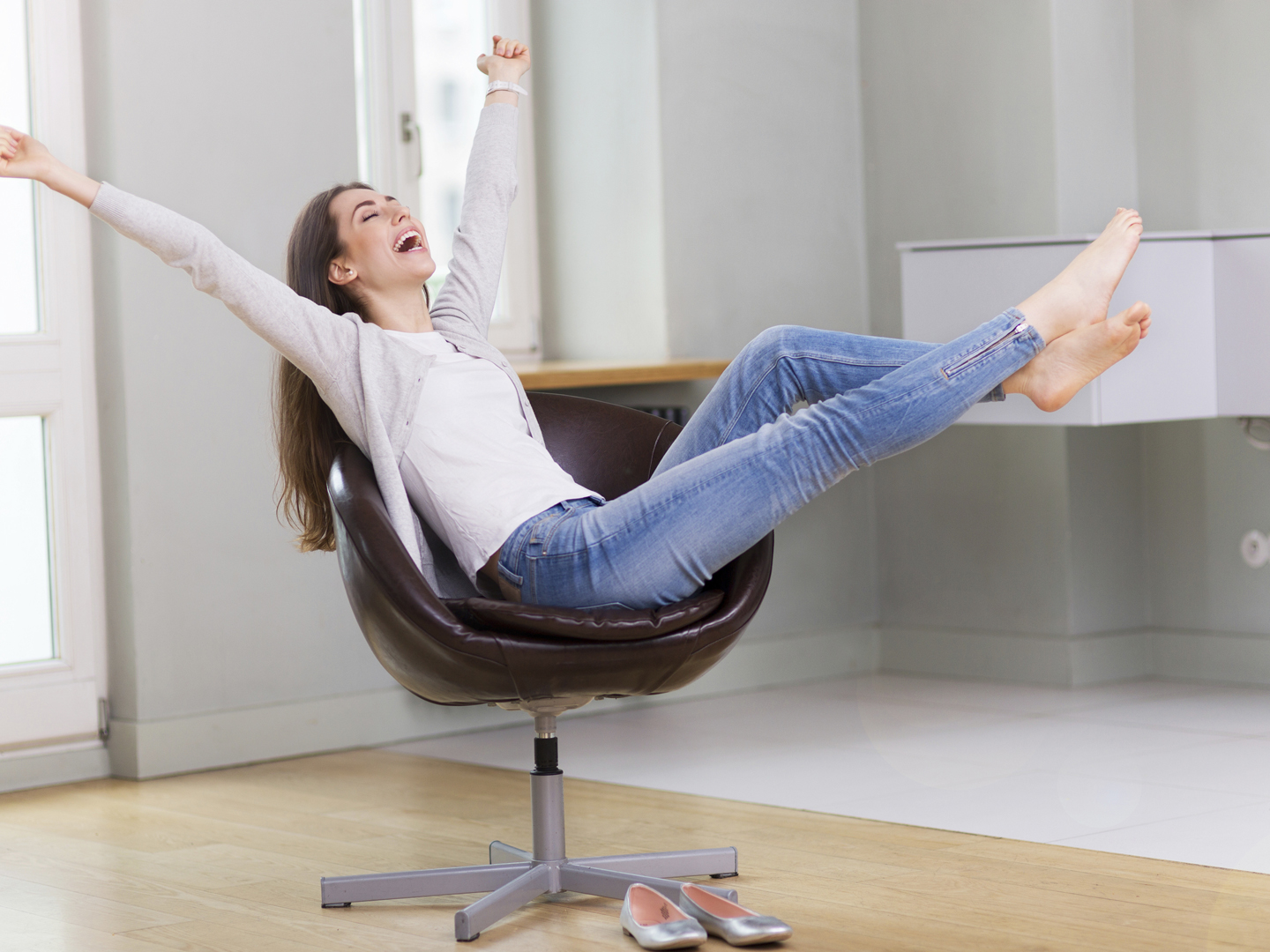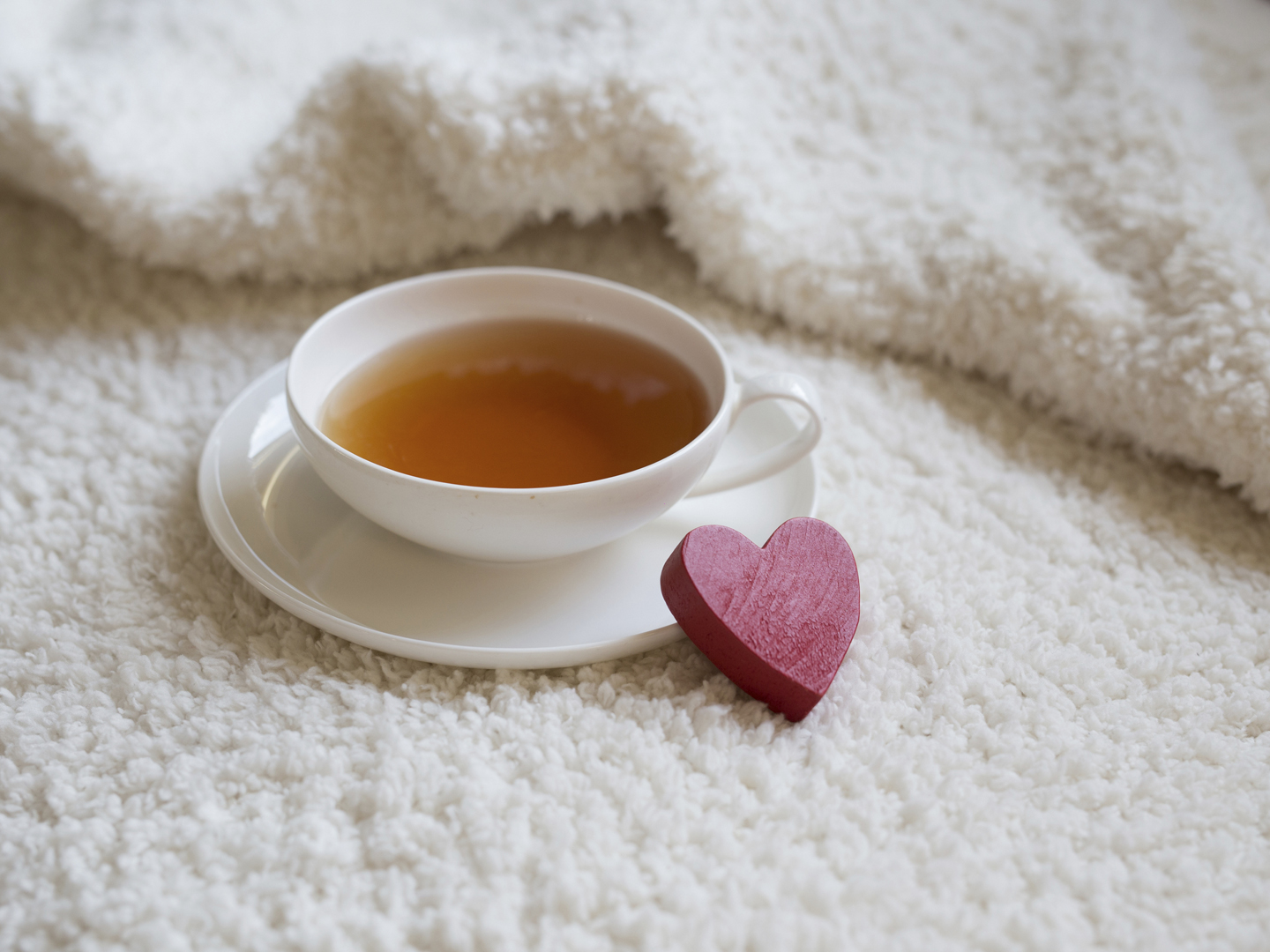Ten Ways To Reduce Stress

The following are some wonderful ways to reduce anxiety, agitation and stress and promote relaxation, calm and peace within yourself. Some techniques take practice, and most require some commitment on your part to achieve results. However, the results are well worth any effort, as a calm and relaxed body and mind are less prone to health issues than an agitated body and mind.
1) Breathing strongly influences mind, body and moods. By simply focusing your attention on your breathing, and without doing anything to change it, you move in the direction of relaxation. There are many worse places to have your attention – on your thoughts, for one, since thoughts are the source of much of our anxiety, guilt and unhappiness. Get in the habit of shifting your awareness to your breath whenever you find yourself dwelling on upsetting thoughts. Try these breathing exercises.
2) Progressive relaxation is a way of releasing tension in muscles. Often taught in yoga and exercise classes, on self-help tapes and by various instructors – from massage therapists to psychologists – there are many variations of progressive relaxation. A common technique is the following:
- Lie on your back in a comfortable position.
- Take a series of deep slow breaths and focus your awareness on different parts of the body in turn, becoming aware of any muscular tension and releasing it. One way to do this is to first tense a muscle deliberately and then relax it. Start with the front of the body, tensing and relaxing the muscles of the upper face, then moving on to the jaw, neck, chest, front of the arms, abdomen, thighs, lower legs, feet and toes. Then, do the same down the back of the body.
- Finally, lie still with the eyes closed, concentrating on your breath and enjoying the feeling of peace and freedom from tension.
You can easily learn to do this on your own, but it is pleasant to follow spoken instructions from someone with a soothing voice. You can incorporate progressive relaxation into your daily routine and find ways to make it more portable. For instance, you can modify it for a sitting position and do it at your place of work.
3) Exercise. For many people, exercise is their main method of reducing stress and promoting relaxation. One of the benefits of regular aerobic exercise is its moderating effect on emotions. This is a long-term benefit, but aerobic and nonaerobic exercise can also work in acute situations as a symptomatic treatment. If you feel angry or upset, a brisk walk or run or a half hour of lifting weights will often put you back in a good mood. While exercise is a great way to burn up excess energy, it does not teach you how to process stress differently. For that reason it is not recommended as your sole method of relaxation, but as a complement to another technique, such as breathing, visualization or yoga, for instance. Yoga is an excellent promoter of relaxation as well as a good form of nonaerobic body conditioning. It perfectly complements aerobic exercise. It requires commitment to a formal practice and is best done with an instructor, at least at the start.
4) Massage and body work. For a wonderful, relaxing experience, get a massage or other form of body work. In order to gain full benefit, you need to be totally passive and surrender to the touch of a skilled therapist. There is a great deal of evidence that the state of the mind and nervous system is reflected in the state of the musculature – body work is one route into the unconscious mind. Some kinds of massage are more relaxing than others. Some of the best for this purpose are Trager work, a system that uses rocking and bouncing movements to lull the recipient into a very dreamy altered state, and watsu, done in warm water. Like exercise, massage is more a symptomatic treatment than a lasting change. It is also limited in its application, since few of us are able to go to a massage therapist on a daily basis, and most of us need to practice relaxation skills every day.
5) Visualization and guided imagery. While we all look at our internal images from time to time, especially when we daydream or fantasize, few of us have learned how to develop our imaging capacity and take advantage of its ability to affect our minds and bodies. Visualization and guided imagery have you concentrate on images held in the mind’s eye and work with the connection between the visual brain and the involuntary nervous system. When this portion of the brain (the visual cortex at the back of the head) is not occupied with input from the eyes, it seems to be able to influence physical and emotional states.
You can learn the technique for visualization and guided imagery from books, self-help tapes or an instructor. For relaxation and stress reduction you may want to start with images you get from books or tapes, as long as they feel right for you. Or simply recall a scene from the past when you were supremely content, secure and centered. Close your eyes, take a few deep breaths, and picture yourself back there. Try to make the image bright and clear and try to hear, feel and smell the surroundings. How long you focus on it is less important than how regularly you do it – a few minutes every day practicing your visualization will reap greater benefits than if you spend an hour at it every so often.
The best times for practice are the transition states between sleeping and waking. Just before falling asleep and just after waking up, try to concentrate on your peaceful image. At these times it passes more easily into your unconscious mind, where it can relax your nervous system and body. Of course, try it during the day, too, especially if external stress gets you down and you become aware of internal tension.
6) Biofeedback. The idea of biofeedback is clever and simple: by using technology to help you learn faster relaxation, you can develop sensory awareness of an involuntary function and learn to change it. In a common biofeedback setup, temperature sensors are connected to your fingers, and skin temperature is converted to an audible signal, perhaps a beep tone: the faster the beeps, the higher the temperature. Your job is to make the beeps go faster by raising your skin temperature. The tone gives your ears and brain feedback from a body function that is ordinarily unconscious and beyond the reach of your will. Skin temperature is a measure of blood flow into the hands, and that is determined by the size of little arteries. The autonomic nervous system regulates this flow by causing arteries to constrict (sympathetic influence) or dilate (parasympathetic influence). In order to raise your skin temperature you have to relax your sympathetic nervous system. Unless you do this on a regular basis, you will have wasted your time and money, because the point is to incorporate what you learn into daily life. Ideally you should spend 15 to 20 minutes a day at this practice, preferably after a few minutes of progressive relaxation, visualization or meditation to set the stage.
Biofeedback works best for people whose tension is expressed in bodily complaints such as migraines, hypertension, cardiac arrhythmias, ulcers, chronic intestinal problems, Raynaud’s disease and bruxism. It may also benefit those who feel they need outside help in learning to reduce anxiety and internal stress, or who doubt they can do it on their own. A typical biofeedback training program consists of 10 hour-long sessions, often spaced a week apart.
7) Meditation is directed concentration. Meditators learn to focus their awareness and direct it onto an object: the breath, a phrase or word repeated silently, a memorized inspirational passage, or an image in the mind’s eye. Researchers have documented immediate benefits in terms of lowered blood pressure, decreased heart and respiratory rate, increased blood flow, and other measurable signs of the relaxation response.
While the potentials of meditation are vast, not everyone should practice it as a way to relax: many people are not ready to meditate. The first step is to work to improve the diet, develop good exercise habits, and learn how to breathe properly. Some people may benefit from simpler techniques for relaxation, ones that give immediate results with less effort.
If you want to give meditation a try, shop around for a form of it that seems comfortable – one that suits you and does not conflict with your belief system. All forms of meditation require regular, daily practice over a long period of time before they deliver the big rewards. Try to meditate every day without fail, 20 to 30 minutes being a reasonable length of time.
Many newcomers to meditation think the goal is to stop all thoughts. That is not possible. What you want to learn is to withdraw attention from the endless chains of associated thoughts that stream through the mind, putting attention instead on the object of meditation. Whenever you become aware that your attention has strayed (to images, sensations, thoughts of dinner, etc.) gently bring it back to your chosen object. The work that meditation requires is just this constant running after your attention and bringing it back.
8) Mantram is the practice of repeating over and over in the mind certain syllables, words or phrases that help unify consciousness and counteract negative mental states. Repetition of a verbal formula is a way of focusing the thinking mind and counteracting the damage done to both mind and body by thoughts that produce anxiety, agitation and unhappiness.
Repetition of a mantram provides a comforting focus for the mind. It is a totally portable technique, requires no training or equipment, and can be used in any circumstance, so long as you don’t practice it during something that otherwise requires your undivided attention. Mantram is especially helpful for people with restless minds, whose turbulent thoughts keep them from relaxing, concentrating and falling asleep. Try experimenting with it.
9) Hypnotherapy. Though hypnosis, or hypnotherapy, has fallen in and out of favor over the past few hundred years, it is currently accepted as a useful method of relaxation, pain control and management of habits like smoking and overeating. In fact, the use of trance and suggestion to affect the unconscious mind – and through it the regulatory systems of the body – has many more potential applications in the treatment of disease. However, few hypnotherapists are willing to tackle interesting physical ailments, and instead limit themselves to control of pain, stress and habits. Keep in mind that hypnotherapists do not put you into a trance – they just arrange circumstances to increase the likelihood of your shifting into a trance state, which is part of the normal repertory of human consciousness.
If you are interested in hypnotherapy, first sound out a hypnotherapist to make sure he or she does not have fears of loss of control that will get in the way of successful therapy. Also, do not enter into this work unless you feel totally comfortable with the therapist, and understand that you will have to implement the program by committing to regular practice on your own.
Hypnotherapy is a good choice for people who think they have no idea what it feels like to relax and for those with stress-related health problems. A few sessions of hypnotherapy can also teach you how to use visualization for self-improvement and can help you begin a meditation practice.
10) Pills. Some drugs are used by many to relax, but are not as safe or effective as the all the methods described above. While tranquilizers seem to have become more common, there are natural substances that you may want to try instead. Spearmint and chamomile teas are both mildly relaxing, and you can drink as much of them as you want. A stronger remedy is passionflower, made from a plant (Passiflora incarnata) native to southeastern United States. Passionflower products are available at herb and health food stores. The dose is one dropperful of the tincture in a little water or two capsules of a standardized extract up to four times a day as needed. Passionflower is not sedating.









